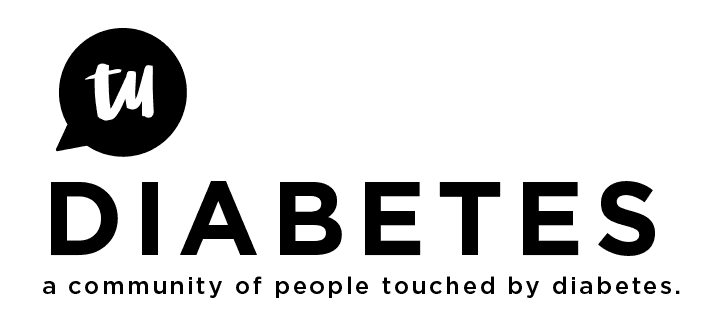I’ve just returned from an “ABCs of D4D” session held today in Concord, California (San Francisco Bay Area). I know that this topic has been covered before but I thought some of you may be interested in the topic.
D4D Description
As explained on the Dogs 4 Diabetics web site (www.dogs4diabtics.com):
“Dogs4Diabetics is an innovative non-profit organization that provides quality medical alert assistance dogs to youth and adults who are insulin-dependent type 1 diabetics through a program of training, placement, and follow-up services.”
“Dogs4Diabetics assistance dogs have been specifically trained to identify, and more importantly, act upon the subtle scent changes that hypoglycemia (low blood glucose) creates in body chemistry, changes undetectable to their human companions.”
The D4D staff routinely runs this session periodically to acquaint interested diabetics, potential volunteers and others about their program. The session ran about one and one half hours.
Volunteers empower D4D
This non-profit group places trained dogs with Type 1 diabetics to alert them to hypoglycemia. (D4D relies heavily on the services of volunteers; it has only three paid staff members and over 103 volunteers.) It has placed about 55 dogs already and it hopes to place about 27 during the next year or so. It has recently enlarged its target service area to include both northern and southern California, Nevada, Oregon, and Washington. Interested T1 diabetics can start the application process online. The long form application runs to 15 pages and part of the application must be filled out by the diabetic’s doctor.
About 12 people attended this session which included four T1 diabetics, some interested potential volunteers, and a diabetes educator. This varied group listened to Carol, a dog trainer for D4D (I’m sure her real-world title and responsibilities are far more impressive!), explain how D4D evolved and what they seek to accomplish. Carol presented with her German Shepherd. Brianna, a D4D volunteer and her D4D diabetes service dog, Desi, also provided commentary.
Powerful video shows D4D benefits
After taking some questions about life with a diabetes service dog (Can you bring the dog to work? Yes, but some jobs, like a chef, may preclude placement.), Carol showed a video intended as a fund raiser that featured various people that have benefitted from a D4D dog.
One featured family contained four young children, three T1s. Their D4D dog stayed home and worked the “night shift.” If one of the three diabetic children started to go low during the night, this dog would alert the parents and then rush to indicate which of the children needed help. The mother, in particular, expressed extreme gratitude and relief that she could depend on the dog to protect her children and also allow her the chance to relax and get a night’s rest.
Another family shown on the video included a 13 year old girl, a T1, with an interest in gymnastics. The video showed her working out with cuts to her mother expressing the great relief that she felt that the dog could alert her daughter to any diabetic danger; she then could be relieved of the role of “nag.” Both mother and daughter comfortably eased into this new dynamic.
Desi alerts
While our session moved forward, Brianna’s black labrador “alerted” as it recognized that one of the session’s T1 attendees was going low. Desi gave Brianna “the look” that Brianna interpreted Desi as saying “there’s a low going on, I know it’s not you, but it’s still happening.” The T1 a few chairs to my right got up to deal with his low blood sugar.
I was totally impressed with the idea of diabetic service dogs. I have shouldered 100% of the responsibility for managing my diabetes. Here I’m now looking at the potential to share that responsibility with another living being. A diabetic service dog could easily wake me up from a life-threatening low. This could save me from becoming another tally in the “dead-in-bed” column!
I live alone. I have no safety net to back me up when the chips are down. These dogs exude loyalty and companionship. I had to fight back tears during the video presentation. Only a T1 diabetic can fully understand the haunting fear of lows that stalk you unaware as well as night-time hypos.
I was totally impressed with the D4D program. I intend to submit a long form application in the near future.
Is anyone else considering a diabetic service dog?
